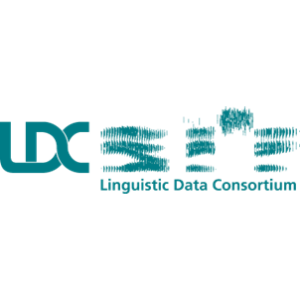Rationale
Though central to dementia assessments, verbal fluency tasks are suboptimally exploited. Performance is typically measured by counting valid responses. This precludes insights on which word types are least accessible to patients, while failing to discriminate among disorders. Alternatively, each word can be decomposed into relevant properties that drive semantic memory retrievability. Recently, our team has combined objective lexical measures (including NLP metrics) to reveal differential word-property markers of MCI, AD, bvFTD, PD, and PPA variants. Moreover, our approach can predict atrophy, abnormal connectivity, and cognitive symptom severity in these disorders. The pipeline is fully automated and it offers discrimination among syndromes that cannot be obtained with standard valid response counts. We are now starting the first cross-linguistic studies based on this approach and we would like to invite all interested Include members to join this initiative. See details below!
Illustration of the approach
In an ongoing study (Ferrante, Migeot et al., under review), we recruited 32 AD patients and 32 bvFTD patients, matched with 27 HCs. We counted valid responses and, using normative databases, extracted quantitative data of six word properties: frequency (occurrences in everyday use), granularity (conceptual specificity), neighborhood (words with similar phonological structure), length (number of syllables), familiarity (subjective recognizability), and imageability (ease of mental visualization). We examined whether these variables were robust to discriminate between groups (via ANOVAs), identify individuals from each cohort (via linear regressions), and capture cognitive, neuroanatomical, and functional connectivity disruptions. Results showed that, while all patient groups produced fewer valid responses than HCs, only AD patients showed distinct word properties (higher frequency, lower granularity, more phonological neighbors). Multivariate word properties robustly identified individual AD (but not bvFTD or PD) patients from HCs (AUC = .89), driven by the abovementioned properties. These features correlated with executive outcomes only in AD, and they predicted patients’ anatomical and functional disruptions along temporal, frontal, and cingulate regions.
Invitation to join our ongoing cross-linguistic studies
We are now performing cross-linguistic studies on AD, MCI, PD, bvFTD, and PPA variants to examine which word properties generalize well across different languages. This way, we aim to increase our understanding of which particular aspects of semantic memory become more systematically affected across languages.
What do we offer?
A fully automated pipeline and a dedicated research team to be responsible for data preprocessing, analysis, figure design, and reporting. We aim to publish innovative manuscripts in high-impact journals, with a fair and consensual co-authorship agreement (to be jointly decided among participating sites).
What do you need to participate?
Inclusion in the study requires the following data from persons with AD or MCI or PD or bvFTD or PA variants (healthy controls are always welcome as well):
1. Sociodemographic data (sex, age, education, handedness).
2. Neuropsychological data (a cognitive screening battery, such as MMSE, MoCA or ACE-III; and additional cognitive tests to be explored depending on availability).
3. Semantic fluency and/or phonological fluency data (word-by-word transcriptions of participants’ responses and/or their audio recordings).
4. If available, neuroimaging data would be a great addition.
How do I proceed if I am interested?
Please contact Dr. Adolfo García (adolfo.garcia@gbhi.org) to set up a call.
Thanks!




